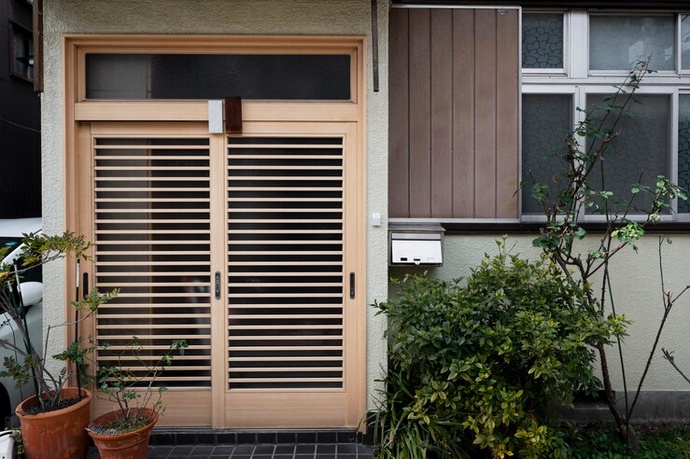Louver doors, often overlooked in the realm of interior design, bring a unique blend of functionality and aesthetics to spaces. These doors, characterized by slats or angled fins, offer a distinctive way to control ventilation, visibility, and natural light. In this exploration, we delve into the versatility of louver doors, understanding their design nuances, benefits, and how they play a pivotal role in illuminating interior spaces.
Design Dynamics: The Aesthetics of Louver Doors
The standout feature of louver doors lies in their design dynamics. The incorporation of slats or louvers adds a layer of visual interest, creating a door that is not only functional but also contributes to the overall aesthetic appeal of a space. The design variations range from classic horizontal louvers to modern vertical configurations, allowing for diverse applications in various interior design styles.
Louver doors, with their geometric patterns and openness, provide a sense of airiness and lightness to a room. They effortlessly bridge the gap between open and closed spaces, making them an ideal choice for areas where maintaining a visual connection is essential while still allowing for privacy.
Natural Ventilation: Balancing Airflow and Privacy
One of the key advantages of louver doors is their ability to facilitate natural ventilation. The slats in the door design permit the flow of air, creating a balanced environment within a room. This is particularly beneficial in spaces where air circulation is crucial, such as bathrooms, closets, or utility rooms.
The adjustable nature of louvers allows users to control the level of ventilation, striking a balance between openness and privacy. Whether fully open to invite a breeze or partially closed for a subtle airflow, louver doors provide a customizable solution that enhances comfort in a variety of living spaces.
Illuminating Spaces: Harnessing Natural Light
In the pursuit of sustainable and energy-efficient design, harnessing natural light has become a key consideration. Louver doors play a significant role in this aspect, acting as conduits for the entry of sunlight into interior spaces. The slats on louver doors diffuse and filter natural light, creating a soft and inviting ambiance.
This feature is particularly advantageous in spaces where maximizing natural light is essential, such as offices, living rooms, or studios. Louver doors act as visual filters, allowing light to permeate the room while maintaining a level of privacy. The result is a well-lit, inviting space that reduces the need for artificial lighting during daylight hours.
Privacy without Isolation: Louver Doors in Interior Spaces
Balancing privacy and connectivity is a delicate task in interior design, and louver doors excel in finding this equilibrium. The slats, while allowing light and air to pass through, also provide a level of privacy by obscuring direct lines of sight. This makes louver doors an ideal choice for spaces like bedrooms, where a degree of seclusion is desired without completely isolating the room.
The ability to adjust the louvers adds an additional layer of flexibility. Homeowners and designers can customize the level of openness based on specific needs, creating an adaptable solution that caters to the evolving requirements of different spaces within a home or commercial setting.
Material Matters: Louver Doors in Various Compositions
Louver doors come in a variety of materials, each offering distinct characteristics that contribute to their overall performance and aesthetics. Common materials include wood, metal, and composite materials. Wood louvers bring a natural warmth and traditional charm, making them suitable for residential settings. Metal louvers, on the other hand, offer a sleek and modern look, often chosen for contemporary design schemes.
The choice of material also influences the durability and maintenance requirements of louver doors. Wooden louvers may require periodic sealing or painting, while metal louvers are prized for their resilience and minimal upkeep. The material selection allows for further customization, ensuring that louver doors not only complement the design but also align with practical considerations.
Conclusion: Louver Doors, a Symphony of Form and Function
In conclusion, louver doors emerge as a versatile and harmonious element in interior design, seamlessly blending form and function. Their design dynamics contribute to the aesthetics of a space, while the ability to control ventilation, harness natural light, and provide privacy makes them invaluable in creating well-balanced and inviting interiors.
Whether adorning the entry to a closet, separating living spaces, or enhancing the functionality of a room, louver doors prove to be more than just functional barriers; they are conduits of light and air that elevate the overall ambiance. As architects, designers, and homeowners explore innovative ways to enhance interior spaces, the incorporation of louver doors stands out as a thoughtful and impactful choice that transcends the ordinary, creating environments that are both practical and visually captivating.


No comments yet